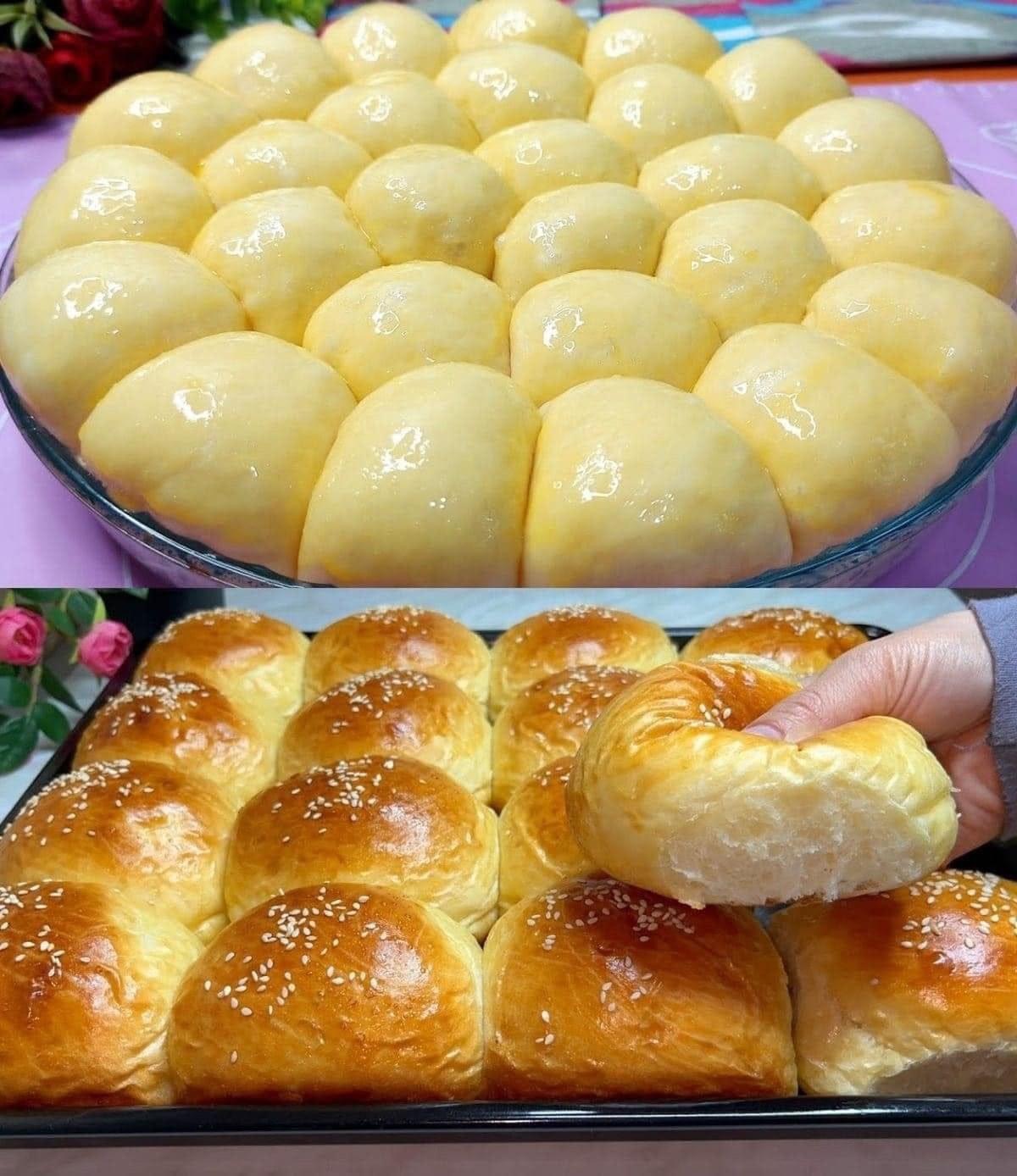The Asian milk bread came out quite well. When I say that we have spent months looking for the perfect buttery, fluffy milk bread recipe and that each time we have failed horribly, I am not joking. Right up till we ripped it off!
This dish has been quite popular ever since it was initially posted on January 17, 2015. Recently, there have been enhancements to the instructions, pictures, and often asked questions section. The recipe is the same; nothing has changed. Have leisurely fun!
But this is brioche bread: buttery, rich, and somewhat soft. It tastes fantastic and is also very simple to prepare. Perfect on its own, in sandwiches, even with French toast. Brioche Burger Buns and Cinnamon Rolls are now within your cooking reach.
This recipe will guide you in making actual brioche bread.
I at last fulfilled a long-held dream of mine just about one month ago! I had a great day working on even a little portion of my objective! Everything I had hoped for and more came true during a quick Viennoiseries instruction at Le Cordon Bleu.
Two-thirds cup, room temperature, partially beaten heavy cream
Use full, 1%, or 2% milk; 1 tablespoon extra from 1 cup of room temperature milk is OK.
One large, room temperature egg
Sugar; one-third cup
For an other version, ░4 cups of all-purpose flour—or 3 1/2 cups of bread flour plus 1/2 cup of cake flour.
One half a teaspoon of quick yeast or one half a tablespoon of active dry yeast
One half teaspoon of salt
To prepare an egg wash, mix one egg with one teaspoon of water.
Dissolving one tablespoon of sugar in one tablespoon of hot water makes a simple syrup.
WHAT TO DO UNDERLY
The dough should then be covered with a wet towel and left in a warm environment until it has doubled in size—which should take one to two hours. Place a covered microwave cup of just boiling water next to the dough while it proofs.
While this is going on, butter coat two baking pans so that each side is covered. One loaf pan, two 9-inch (23-centimeter) round pans, or one regular loaf pan will work.
Once the dough has doubled in bulk, return it to the mixer and mix for another five minutes to eliminate any last air bubbles. Dump the dough onto a board dusted with flour, then split half. Form each half into a rough rectangle before putting it in the loaf pan. Cut each rectangle crosswise into three roughly equal pieces. Another way is to divide the dough in half and then roll out each half into eight equal pieces. These might then be fashioned into balls or threads fit for twisting into buns. Once shaped, arrange these balls in a circular pan. Two loaves get sixteen rolls; one loaf + eight rolls gets sixteen rolls. After shaping, let the dough prove, covered, for one more hour.
Adjust an oven rack in the center and preheat to 350°F/175°C. Over the rising dough, brush egg wash. Roast until a golden color shows, about twenty-three to twenty-five minutes. To provide shine and sweetness, brush the cooked bread with sugar water. Then remove it from the oven.
